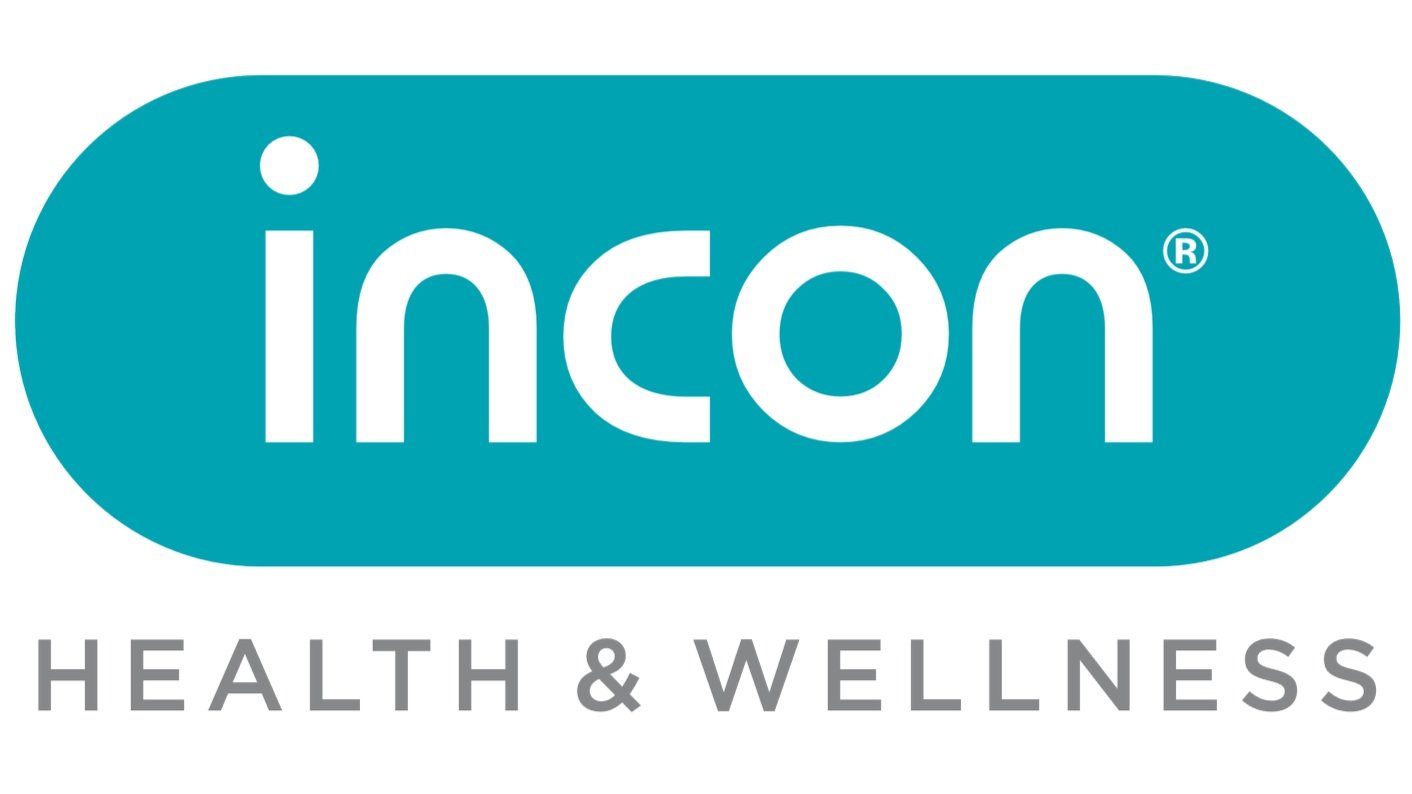The Impact of AI & Workplace safety
As technology continues to advance at an unprecedented pace, it is transforming the way we work. The integration of emerging technologies like artificial intelligence (AI) and automation has brought about significant changes in various industries, revolutionising processes and increasing efficiency. However, with these innovations comes a critical need to assess their impact on occupational health and safety. In this article, we will explore the influence of AI and automation on workplace safety and discuss the measures organisations can take to ensure a safe and healthy work environment.
Enhanced Hazard Identification:
AI-driven algorithms can analyse vast amounts of data to identify potential hazards more accurately and quickly than human workers.
Automation can be used to conduct remote inspections and monitor high-risk environments without exposing employees to danger.
Predictive Maintenance:
Automation and AI enable predictive maintenance, which helps organisations preemptively address equipment issues before they become safety hazards.
This reduces the risk of accidents caused by equipment failures and minimises downtime.
Workplace Ergonomics:
AI can be employed to analyse employee movements and assess ergonomic risk factors, aiding in the design of workstations that reduce the risk of musculoskeletal disorders.
Automation can assist in the implementation of adjustable workstations and equipment that adapt to individual needs.
Safety Training and Simulation:
Virtual reality (VR) and augmented reality (AR) technologies, often powered by AI, can provide realistic safety training simulations.
Employees can practise responding to emergency situations in a controlled environment, enhancing their preparedness.
Robotic Assistance:
Collaborative robots, or cobots, are designed to work alongside humans, taking on dangerous tasks and reducing the risk of workplace injuries.
Cobots can perform repetitive and strenuous tasks, allowing human workers to focus on more complex and safer responsibilities.
Data-Driven Decision-Making:
AI-driven analytics can analyse real-time data from sensors, wearables, and other sources to identify safety trends and potential issues.
Organisations can make data-driven decisions to proactively address safety concerns.
Remote Monitoring and Control:
Automation enables remote monitoring and control of machinery and processes, reducing the need for physical presence in hazardous environments.
This technology can prevent exposure to toxic substances, extreme temperatures, or other workplace risks.
Cybersecurity Concerns:
With increased automation, there is a growing need for robust cybersecurity measures to protect against potential hacking and cyber threats.
Breaches in automated systems can pose significant safety risks.
Conclusion:
The integration of artificial intelligence and automation into the workplace has the potential to enhance productivity, reduce operational costs, and improve efficiency. However, organisations must not overlook their responsibility to ensure the safety and well-being of their employees.
By proactively assessing the impact of these emerging technologies on occupational health and safety, and by implementing appropriate safeguards and training programmes, businesses can harness the benefits of AI and automation while maintaining a secure and healthy work environment. Striking this balance is essential in our rapidly evolving technological landscape.

